|| Graphic Design Certification Course
Welcome From BIT to the exciting world of visual communication, where creativity and skill collide in the Graphic Design Professional Program. This extensive program has been painstakingly designed to give you the fundamental abilities, know-how, and industry insights required to succeed as a graphic designer. With a focus on advanced approaches across many design disciplines as well as core ideas, the Graphic Design Professional Program offers a comprehensive approach to graphic design education. Regardless of your level of expertise or desire to broaden your skill set, this program will enable you to fully realize your creative potential and succeed in the cutthroat world of graphic design. The Graphic Design Course is designed to provide a comprehensive education in all aspects of graphic design, preparing students for diverse career opportunities in the creative industry.
In-depth instruction in both fundamental design concepts and sophisticated digital skills necessary for a prosperous career in graphic design and associated creative fields is provided by our Graphic Design Professional Program.
Design theory, color theory, typography, and layout principles—the fundamentals of successful visual communication—are covered first in the program. These foundational concepts guarantee that students know how to produce balanced, captivating designs that appeal to consumers across media.
Students build on this basis by gaining practical experience with industry-leading programs including Adobe InDesign, Adobe Photoshop, and Adobe Illustrator. Mastery in digital graphics, photo editing, and expert layout design for print and digital media are made possible by this.In order to integrate theory and practice, the curriculum incorporates practical projects and assignments that assist students in building a solid portfolio of graphic design work that demonstrates their technical proficiency, originality, and preparedness for the workforce.Additionally, the course incorporates specialist modules on branding, UI/UX design principles, and responsive design concepts, preparing graduates for a variety of careers such as freelance design professionals, digital marketers, graphic designers, and art directors.
Please contact the nearest BIT training institute or send an email to inquiry@bitbaroda.com with any additional questions you may have regarding our Graphic Design Professional training course. We offer a free demo by calling us at +91-9328994901. We offer top-notch Graphic Design Professional Training in Vadodara-Sayajigunj, Vadodara - Waghodia Road, Vadodara - Manjalpur, Ahmedabad, Anand, and Nadiad.



 4.8 (21,636) reviews
4.8 (21,636) reviews


 Read more
Read more 
